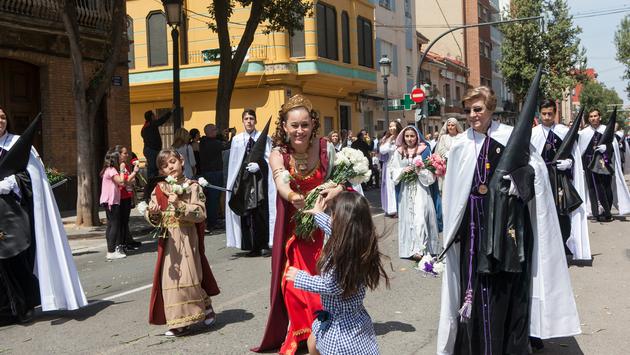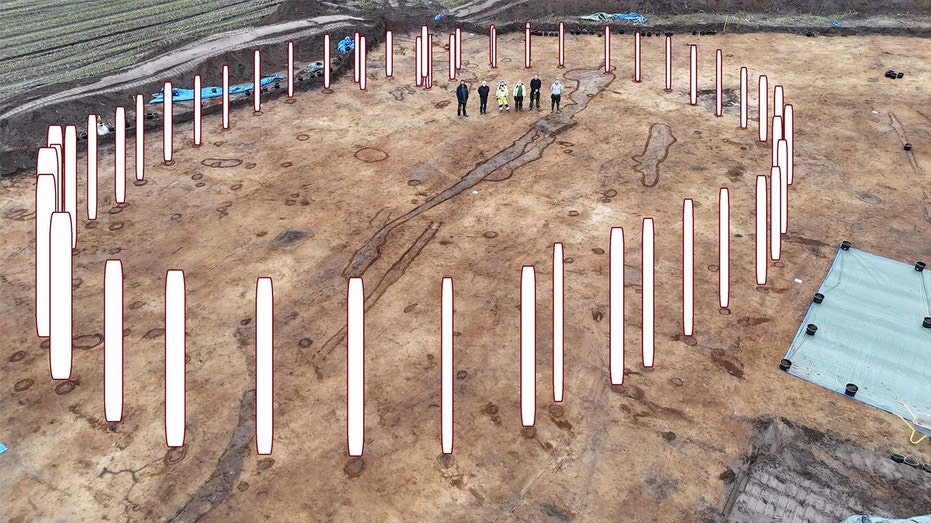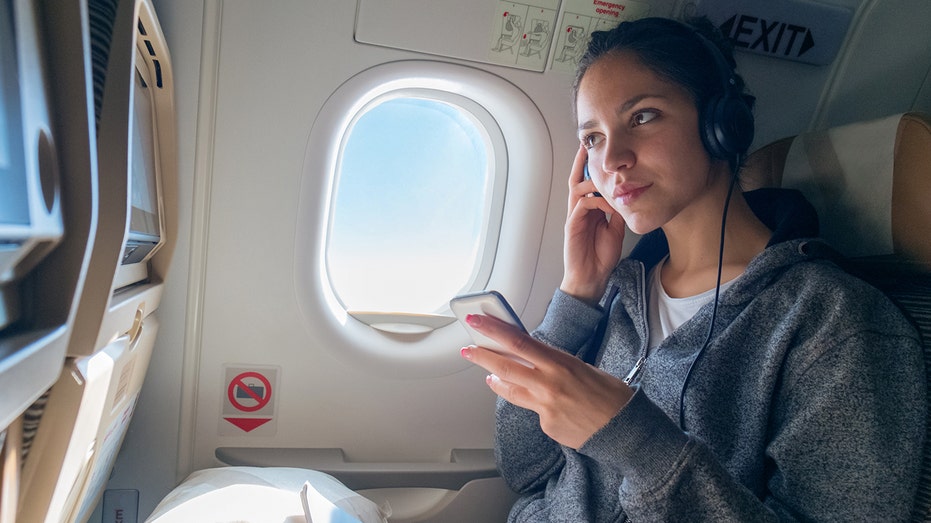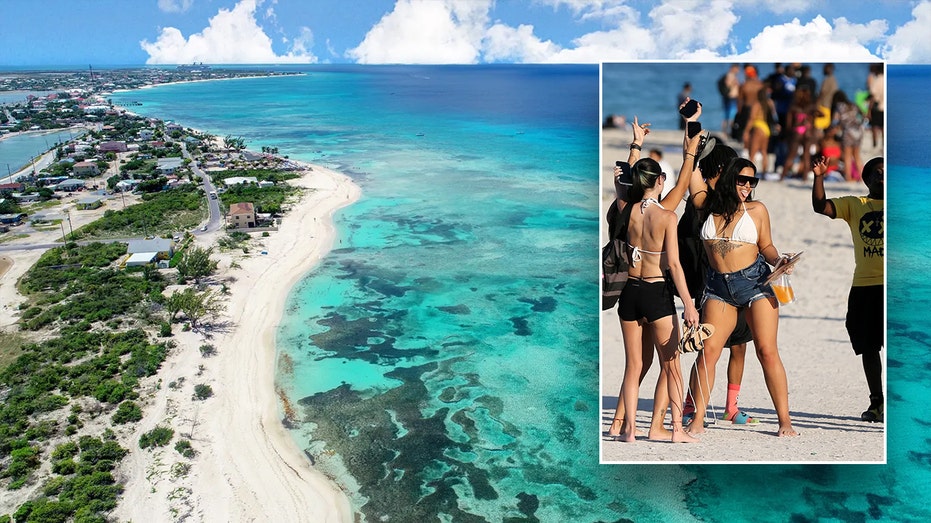- by foxnews
- 10 Mar 2025
Valencia, Spain Welcomes Holy Week Celebrations After Three Years
Valencia, Spain hosts one of the most unique and elaborate Holy Week festivals in the world.
- by travelpulse
- 09 Apr 2022
- in travel

After three years without Valencia, Spain's iconic and culturally unique Semana Santa Maritima de Valencia, or Valencia's Maritime Holy Week, which had been canceled due to inclement weather in 2019 and the pandemic over the past two years, the city will once again come alive to celebrate the ten-day Christian festival with gusto, as it begins its biggest events April 8 through April 17.
The city's Holy Week is dubbed the Maritime Holy Week because the celebrations are heavily influenced by its population of working-class fisherfolk who had entwined their often dangerous livelihoods with the protection of the Virgin Mary, of Jesus and of the saints as far back as the fifteenth century. The Maritime Holy Week continues to be celebrated in the fishing neighborhoods of El Grau, Canyamelar and Cabanyal, near the sea.
While cities throughout the world celebrate Holy Week with some similarities, Valencia's Holy Week is different in a few key ways. The first is the collection of more than thirty cofradias, or brotherhoods, that have specific roles to play in the festivities, especially in the parades. The homes of the brotherhoods' members are turned into temporary chapels for certain saints or a moment during Christ's death, with elaborate statues standing in each home.
Maundy Thursday is when these brothers take to the streets in a somber procession as they visit each of these temporary chapels and the statues, accompanied by drumming during the Visit of the Holy Monuments. When the visit is over, the drumming ends and the Procession of the Torches begins in silence, with each parade participant holding a candle to light their way.
On Good Friday is the Procession of the Holy Burial, in which Spain's signature hooded penitents walk together with characters from the Bible for a stunning 5-hour tour around the city. What makes this procession unique to Valencia is that it is also accompanied by people dressed up as French Grenadiers, Roman soldiers and the Corporations, who represent soldiers from Spain's history.
Another procession joins the Sacred Burial procession on Good Friday, called the Parade of the Nazarenes. This is mainly the responsibility of the Brotherhoods of the Most Holy Christ the Savior and the Most Holy Christ the Savior and Protector, who take residents and travelers alike on an emotional pilgrimage to the Malvarrosa beach as they carry a figure of Jesus Christ down to the sea.
There, they'll participate in a memorial ceremony and prayer for lost fishermen and for world peace. A woman chosen to represent the grieving Mary will lay a flower wreath into the sea in grief for her dead son, followed by others doing the same.
This is the day when Holy Week turns joyful, and the Easter Sunday Resurrection Parade offers a much happier atmosphere than the ones before it, with happy music, dancing, and people throwing flowers. Those who wore the signature pointed hoods of the penitents during the previous processions now throw them off as a sign of their joy and salvation.
The Maritime Holy Week is the second biggest annual festival in Valencia, and it's going to be of even more importance this year after three years without it. Maximo Caletrio, promotions manager for the U.S. and Canada of the Visit Valencia Foundation, explains.
"It has been three years since the last Maritime Holy Week celebrations, so people are very keen to see a full return of activities, which many will no doubt enjoy to the fullest," Caletrio said. "So, in anticipation of the high turnout, we recommend showing up early at the processions, especially the most popular ones, on Holy Thursday, with the visit to the sacred monuments; Good Friday, with the general procession of the Sacred Burial; and Easter Sunday, with the Resurrection march."
The Holy Week also offers some of Valencia's unique cuisine for its visitors. Throughout Lent and on Good Friday, many of the restaurants offer even more options for seafood, including local dishes made with cod and tuna, with no lack of delicious meals to try. Travelers should also try the Mona de Pascua, which is a sweetbread with raisins and walnuts, as well as the Easter sausage. Travelers who'd like to enjoy the dishes like a local should visit the Turia Garden, where they'll find families enjoying these treats during the late afternoon.
There's so much more to celebrate in Valencia this Easter than in years before; the Maritime Holy Week is sure to be a moment to remember for both residents and travelers alike.
For more information about Valencia or its festivals, please click here.
- by foxnews
- descember 09, 2016
Ancient structure used for cult 'rituals' discovered by archaeologists
A Neolithic Timber Circle was discovered by archeologists in Denmark resembling the historical landmark Stonehenge in the U.K. It is open to be viewed by the public.
read more




